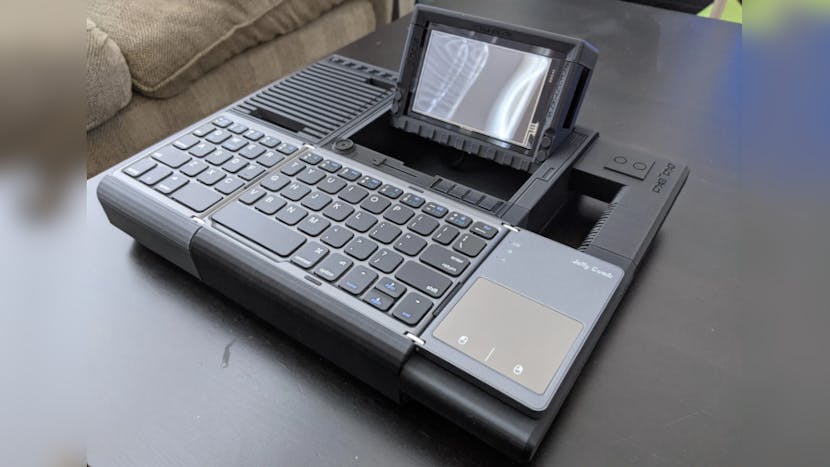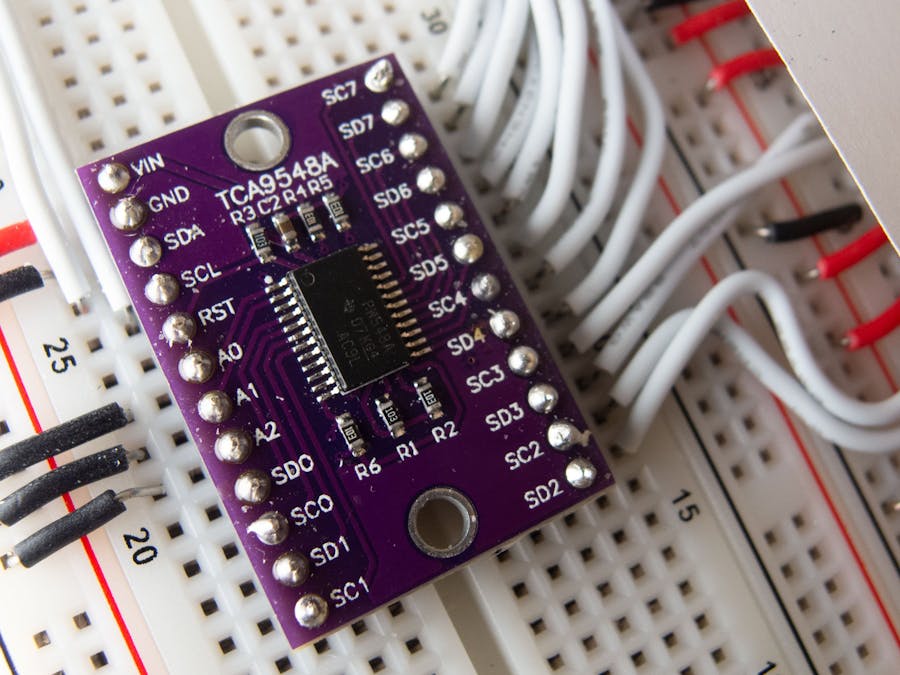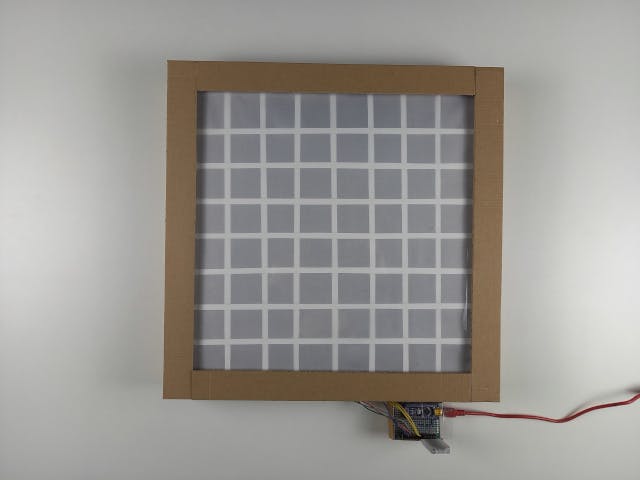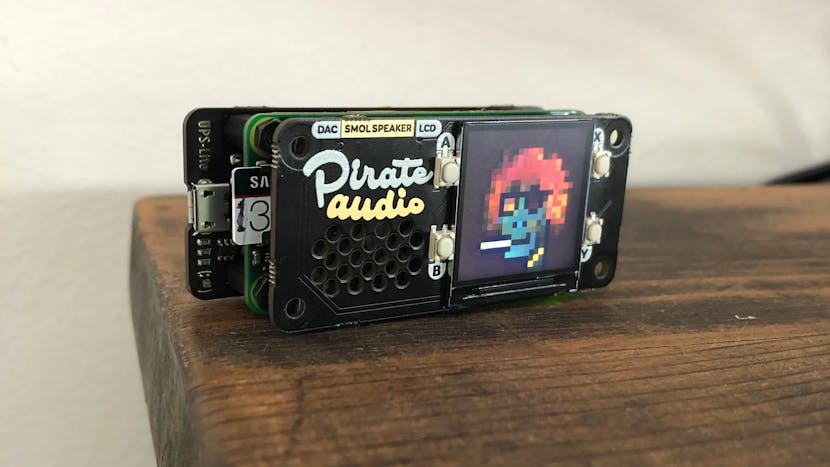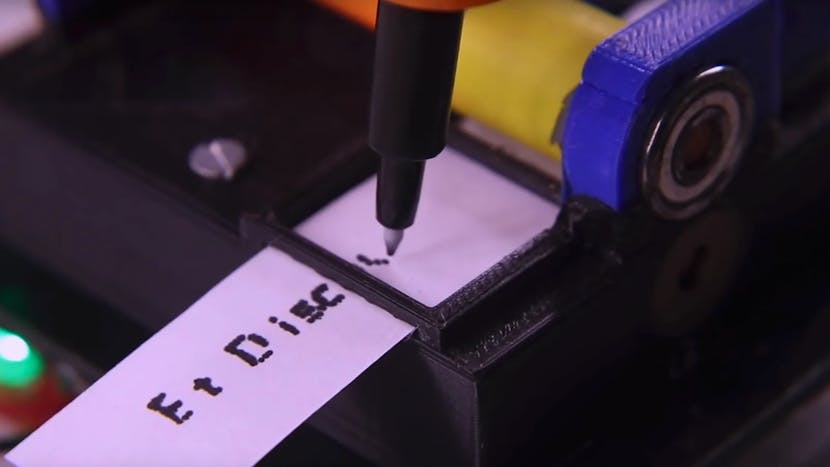3D-printed chassis, inspired by Star Wars aesthetics, houses an off-the-shelf Raspberry Pi touchscreen, Bluetooth keyboard, and USB battery.
Redditor Maz_Baz has built a Raspberry Pi-powered cyberdeck that any Star Wars fan would love to lug around, inspired by the aesthetics of the Rebel Alliance Pathfinders and near-completely 3D-printed.
“Pathfinders are the special forces troops of the Rebel Alliance,” Baz explains of the inspiration behind the design, “and I wanted to create something that one of their techs might lug into battle — Field Terminal — for quick hacks into Imperial systems or airstrike coordination. Or in my case, a tactical way to go from my desk to my couch.”
